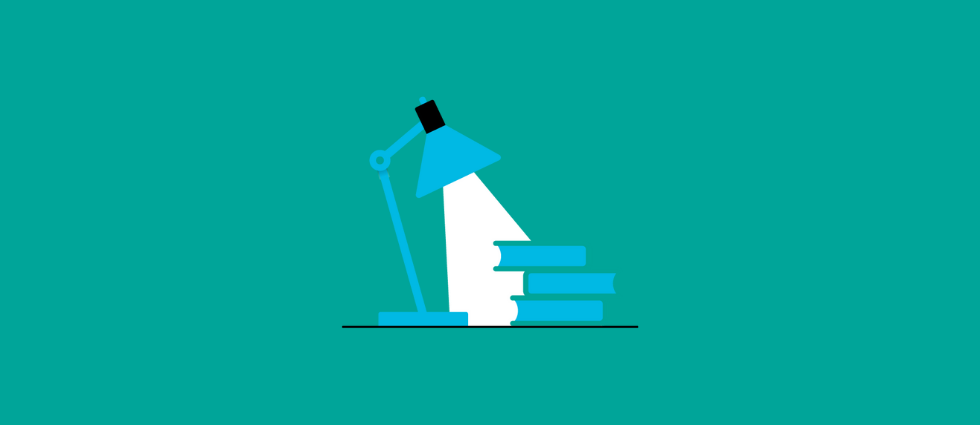
Taking the lead on tackling mental health stigma – Kirstin's story
See Me volunteer Kirstin has worked with a large private employer in the energy sector for more than a decade. Read how she’s taken action to encourage more work around mental health.
When Kirstin started her journey as a See Me volunteer, she knew she wanted to play a part in creating change around mental health stigma and discrimination – and decided to start in her workplace.
“I've been fortunate enough to have never had a negative experience with my mental health in the workplace” she says. “I've been with my current employer for 14 years, so practically all my adult life.
“But with my own personal experience with anxiety, it made me think that it can’t just be me. In my opinion, it doesn't matter what your title is, and it doesn’t matter how much you get paid, the effects of poor mental health can affect anyone.”
Working in the procurement department of a large energy firm, Kirstin took her idea to senior leaders, with the suggestion that more could be done to get the team talking about mental health and understand the impact that stigma can have.
Kirstin says: “We have a mental health and wellbeing team within the company who look after all employees, but I wanted to see what more we could do within my department, which is approximately 120 people across the whole of the UK.”
“We came up with a three-phase approach. The first phase was around building awareness. A big part of that was to start the discussion and get people familiar with hearing the term ‘mental health’.”
Kirstin and a colleague hosted some online introductory sessions to get the department talking about mental health, whilst also sharing their own lived experience – some of the senior leadership team did too which highlighted how sharing with others can really help to open discussions on different tools and techniques that worked for them.
From July to September, Kirstin and her colleague delivered 12 hours’ worth of sessions with the team, which received lots of positive feedback.
With the support of See Me, Kirstin conducted an anonymous survey to get an understanding of colleagues’ knowledge of mental health stigma and discrimination to shape future work. The survey was designed to gain insight into colleagues’ comfort levels around discussing mental health. Almost three-quarters (74 per cent) of the department took part.
Kirstin then used See Me resources combined with the survey analysis to shape the second phase of their programme, which was focussed on education and knowledge building. Kirstin developed a presentation on mental health discrimination, the different types that exist as well as self-stigma and societal pressures that contribute. The presentation was delivered online and was followed by face-to-face training through the organisation’s in-house learning and development team.
“We opened it up to our managers as well,” Kirstin says. “This allowed them to get a better understanding of how to support their teams, how to support each other, and what support was available through the company as well. It also highlighted the policies that we have available to guide our managers and safeguard employees. That had really good feedback, which was fantastic.”
The department then went on to launch an internal SharePoint site with access to all internal and external sources of support and information for the team, including company-led resources alongside podcasts, YouTube videos and articles.
“You can see all of the materials we went through in previous sessions, but most importantly, dedicated help in one click,” Kirstin explains. “We're trying to make it as easy as possible for people to access that information we have, especially if they don’t wish to reach out to someone directly.”
Later in 2024, Kirstin set up a departmental mental health working group to support her with the initiative, having been managing it on top of her day job for most of the year.
“I put it out there and gave people the option. If they were quite passionate and felt like that had something to add, they could be a part of the working group. I've got a few people that help me out now, all from different walks of life, completely diverse backgrounds.
“For us, 2025 is all about the support aspect. Every month, we try to focus our communications on a different topic. Quite often we'll link back to what the group strategy is, but if there's anything that's appearing on social media or in society, we'll try and highlight that as well. It's been a busy year!”
Alongside the sessions, more members of the team have undertaken Mental Health First Aid training, meaning there’s greater support in-house for staff who are struggling.
Kirstin says there’s been a real difference in terms of how open people are about mental health, which she says is a combination of increased knowledge and understanding alongside a supportive environment.
“It’s a double-edged sword,” she says, “Obviously I don’t want to see people struggling with their mental health, but the fact they feel comfortable enough to talk about it and access support they might not have before is great. We still have a long way to go, but I’m really glad the work and engagement from everyone is making a positive difference.”
Get Involved
Access more tools and resources to tackle mental health stigma and discrimination in your workplace.
Workplace resources